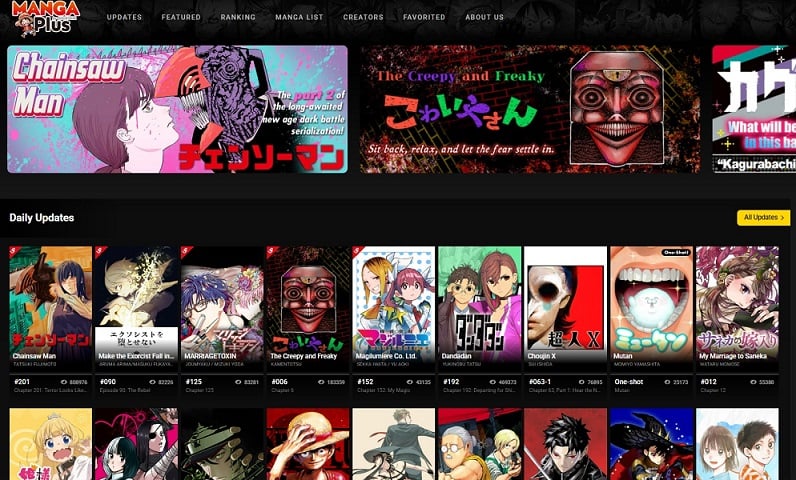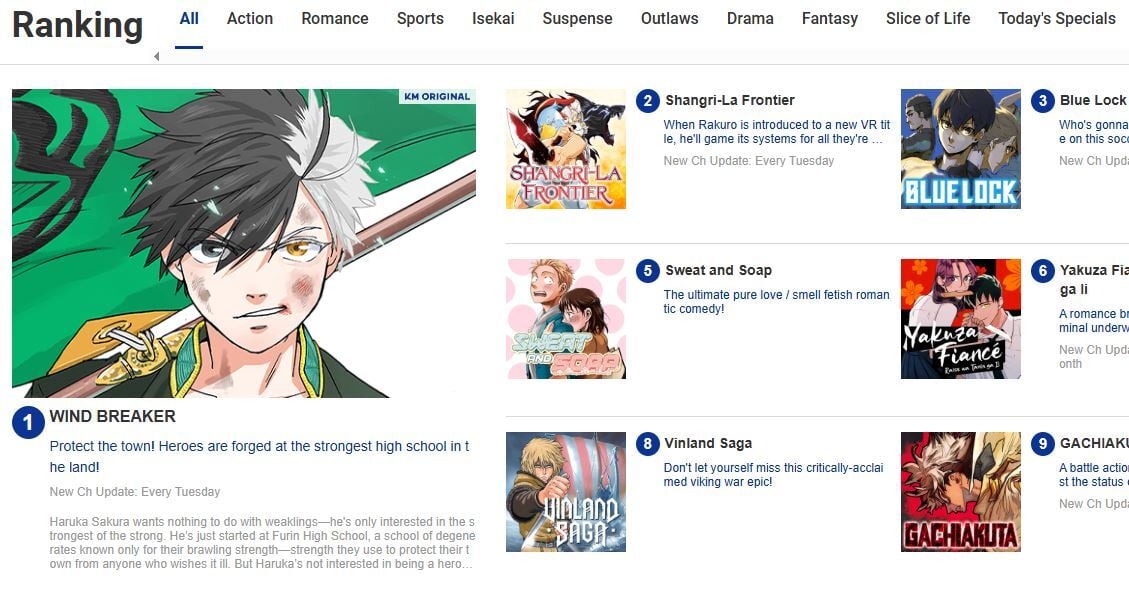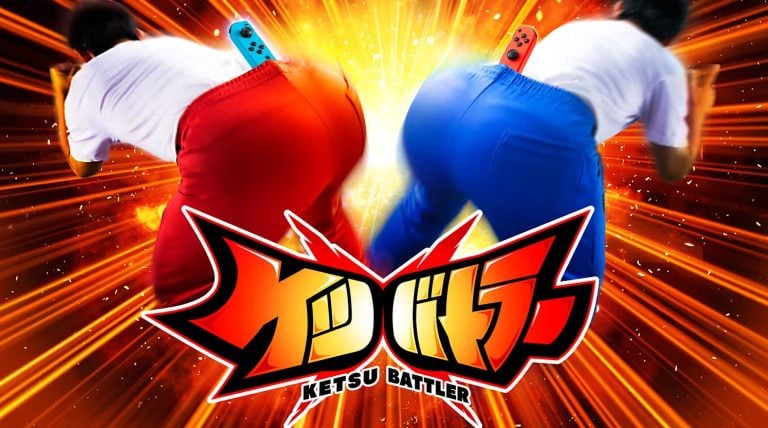Anime and manga have in recent years become more than just a “geek” thing in the West, according to MyAnimeList CEO, Atsushi Mizoguchi. What used to be a stigmatized subculture that was only reserved for “the nerds” in the West has now gone mainstream, thanks to streaming services such as Netflix and Crunchyroll offering a wide range of officially localized anime to the western audience, as well as the medium’s quick rise to popularity during the COVID-19 pandemic, says Mizoguchi.
However, what about manga – especially the ones whose western fanbases only exist because of numerous pirated editions and scanlations? In a special Oricon News article, Mizoguchi talks about his aspirations for further expansion of Japan’s manga industry in the West.

Recently, with some official online manga distribution services such as MANGA Plus and K MANGA appearing, the number of works that overseas readers can enjoy without any time-lag between the Japanese and translated release has greatly increased, and they have been met with mostly positive reception. Nonetheless, Mizoguchi believes that this should be taken a step further, by creating a bigger, more comprehensive digital distribution service for manga.
He explains that the only way to battle piracy is for Japan to offer an even wider range of localized manga works. There are over 500,000 titles published digitally in Japan, and according to Mizoguchi, only a small percentage of them have been translated to English. Of course, he adds, “just translating the words in the bubbles” is not enough – the illustrations and sound effects also need to be localized accordingly.
“Battling piracy poses a big challenge to us, but to win the fight, I strongly believe [publishers in Japan] will have to work together to increase the output speed and number of translated works, and to succeed in creating a comprehensive manga distribution service which would offer many different manga titles, like the ones available in Japan.”

While some major publishers in Japan do translate works at their own expense, most of the times, they sign license agreements with overseas publishers, and in that case, the translation and distribution are handled by the overseas publishers. However, gathering the needed workforce and covering the costs of localizing such a huge number of titles isn’t that easy – which is why most international releases of manga are only limited to titles that have been picked up by the publishers themselves, Mizoguchi explains.





